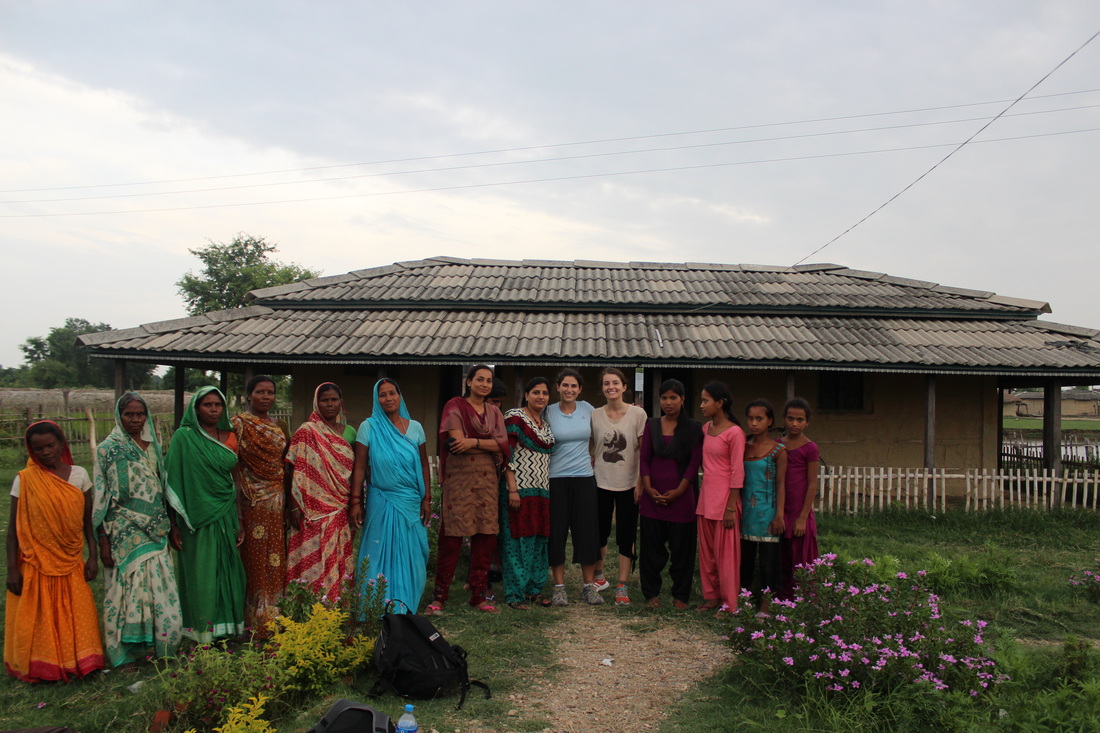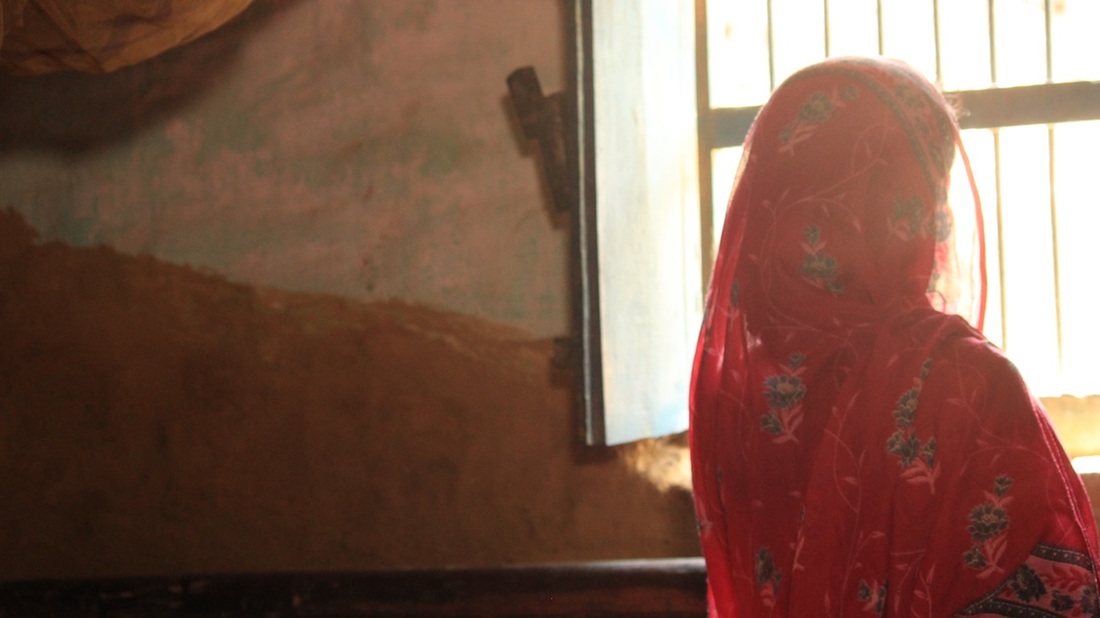|
|
I first visited Nepal with a friend in July of 2012 during the summer between my junior and senior year of college. The National Women’s Rights Forum of Nepal (NWRF), an organization based in Kathmandu that focuses on promoting women’s rights by stopping gender-based violence, graciously agreed to let us take a look at their work in the field and to interview women along the way. |
|
In the broiling heat, we trekked from village to village over bumpy roads and dry riverbeds, visiting the furthest branches of the organization’s structure. Inside mud-wall houses, surrounded by curious locals, we listened to village women telling their heartbreaking tales of isolation and fear, fear of their very own neighbors who had accused them of being witches. These women had been ostracized from their communities, sometimes even their own families, because of the local belief that the most recent village catastrophe––be it a dead ox or a broken marriage––could be reversed by punishing the responsible "witch.” |
|
Reviewing our material back in New York, I was struck by the similarities among our interviewees. The majority of the women had been living alone, either as widows or single mothers, when they were accused of witchcraft. What was so threatening about a single woman that made others feel the need to throw her name in the dirt? Most of the women had followed the traditional pattern––gotten married off as a teenager, given birth soon after, worked from dawn till dusk every day since––and were now being punished for their husbands’ deaths.
|
After graduating from Barnard College in New York City, I began to expand my project to look at how different societies react positively and negatively to women who don’t have husbands. By using photography, filmmaking and writing, I hope to bring to light the struggles and triumphs of women who have had to fight against, and work with, the social norms that constrict them.


